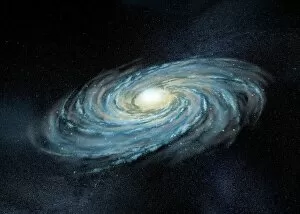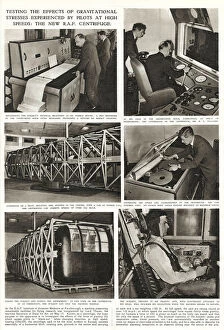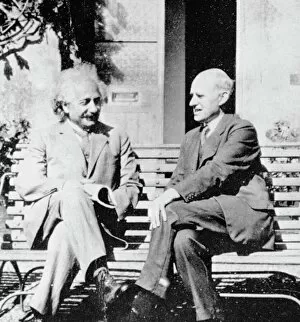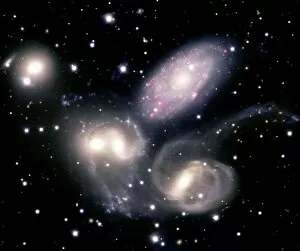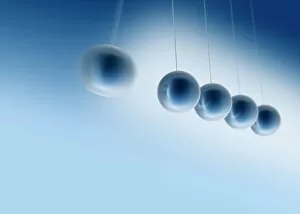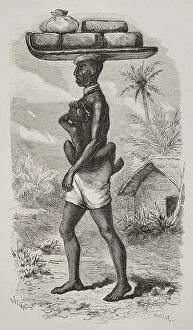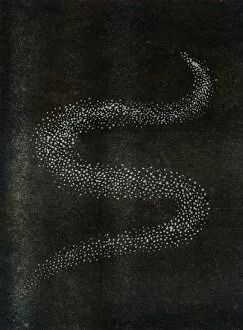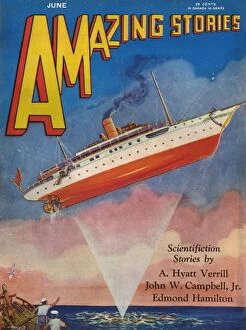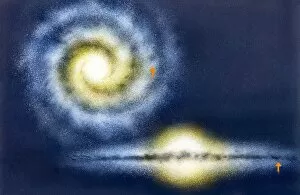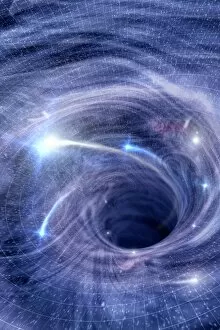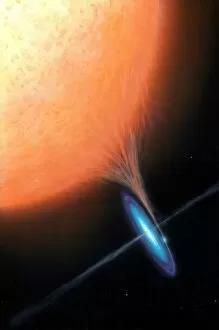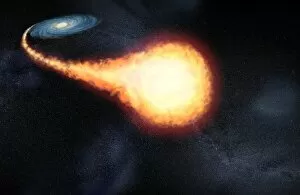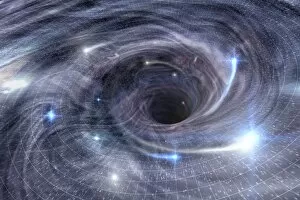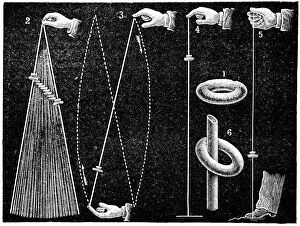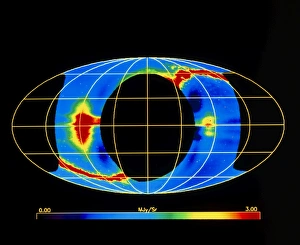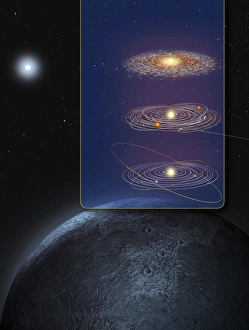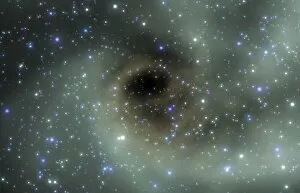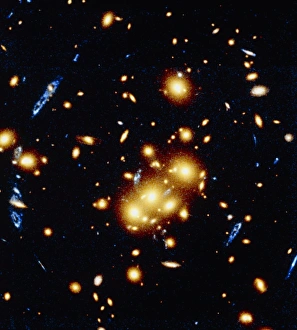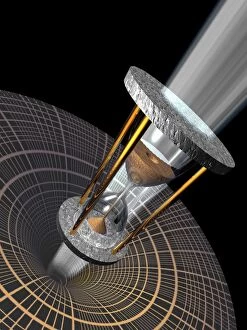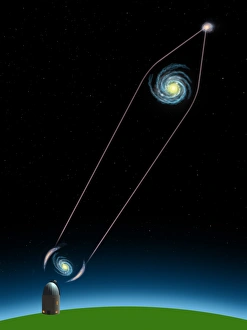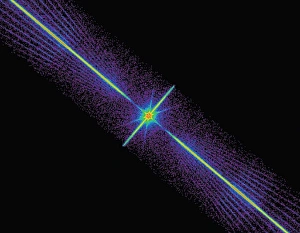Gravitational Collection
Exploring the depths of gravitational forces, the new R. A. F. Centrifuge 1955 takes us on a thrilling journey through space and time
All Professionally Made to Order for Quick Shipping
Exploring the depths of gravitational forces, the new R. A. F. Centrifuge 1955 takes us on a thrilling journey through space and time. Like a cosmic magnifying glass, it unveils the secrets of our Milky Way galaxy, revealing its mesmerizing artwork in all its glory. From black holes to Einstein and Eddington's groundbreaking discoveries in 1930, we delve into the mysteries that gravity holds. In 1849, Faraday pondered over magnetism and gravity, paving the way for further exploration into these captivating phenomena. The enigmatic Stephans quintet beckons us with its celestial dance, while an Amazing Stories sci-fi magazine cover transports us to the mystifying Bermuda Triangle. As we venture deeper into this gravitational realm, we encounter Newtonian Earth depicted in conceptual artwork – a testament to Sir Isaac Newton's profound understanding of this fundamental force. The rhythmic motion of Newton's cradle captivates our imagination as it demonstrates the delicate balance between action and reaction. Yet amidst these scientific wonders lies a poignant reminder: Africa's Congo bears witness to indigenous communities burdened by double hardships. It prompts reflection on how gravity affects not only celestial bodies but also human lives. Gravitational forces continue to fascinate and astound us; they shape our universe and inspire endless curiosity. Let us embrace their allure as we unravel their complexities and strive for greater understanding.


